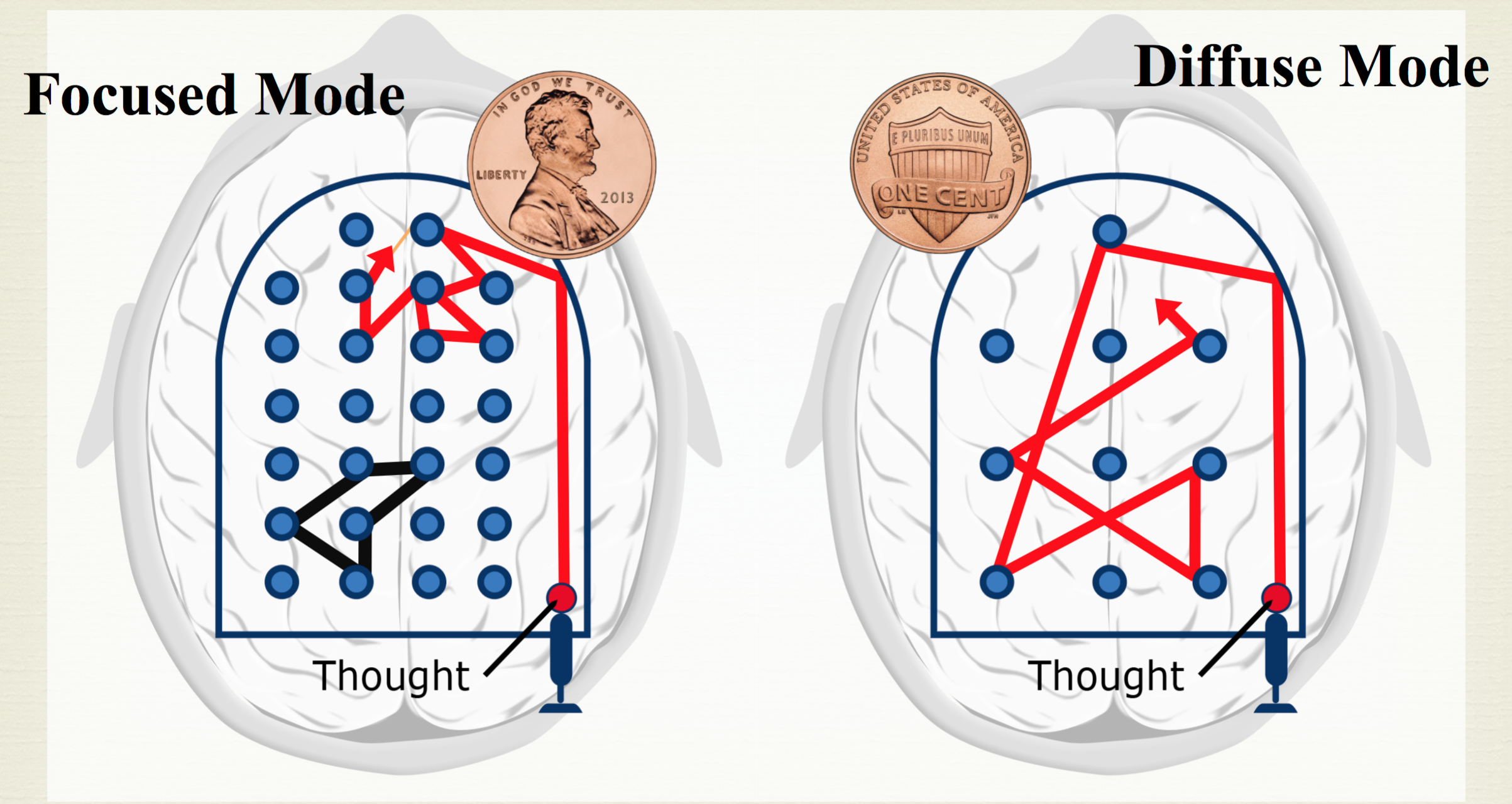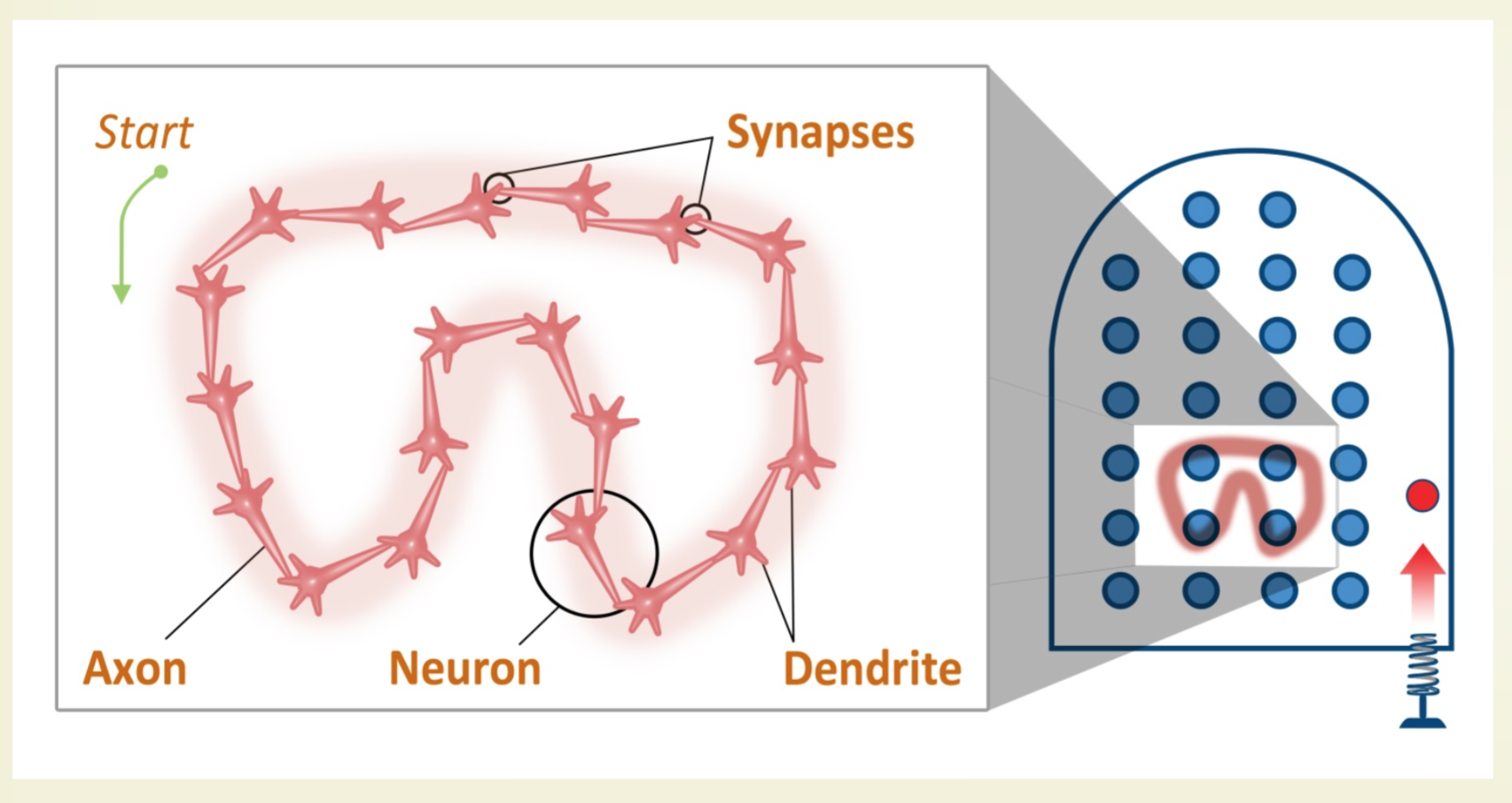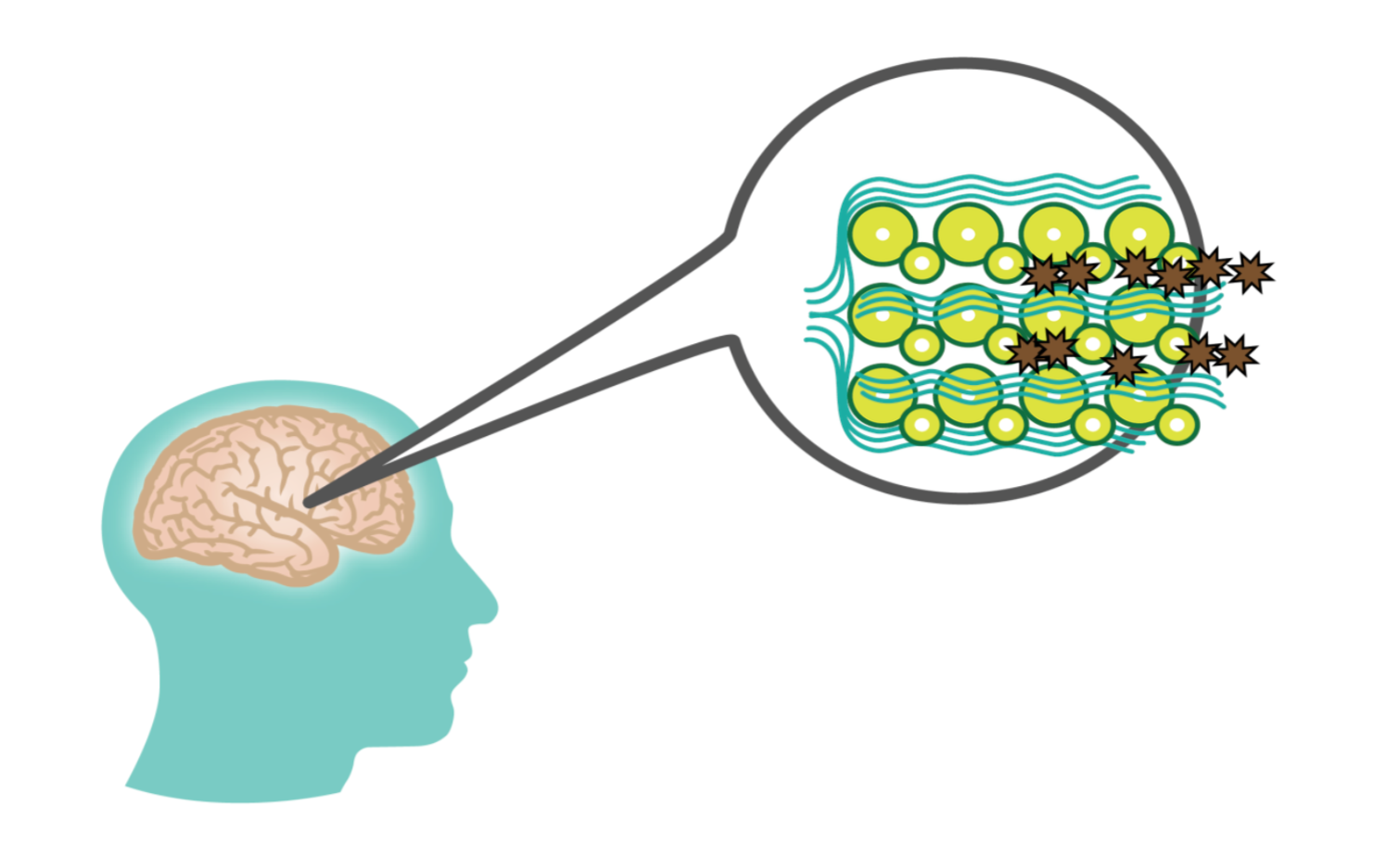Two Thinking Modes - Focused and Diffuse
Chen Hao posted on 03 Apr 2016My Course notes for Learning How to Learn.
1. What is Learning
A brain weighs around three pounds, but it consumes ten times more energy by weight than the rest of the body, a very expensive organ. It is the most complex device in the known universe. All of your thoughts, your hopes, your fears are in the neurons in this brain. It came as a surprise to discover that what we do so well and take for granted, like seeing, hearing, reaching, running, are all much more complex problems than we thought and way beyond the capability of the world’s fastest digital computers. What this illustrates is that we are not consciously aware of how our brains work.
There are a million billion synapses in your brain where memories are stored. Brain connectivity is dynamic and remains so even after it matures. A good place to find out more about your brain is the website brainfacts.
2. Focused and diffuse modes
Researchers have found that we have two fundamentally different modes of thinking, Focused and the Diffuse modes. Here we use an analogy of the game of pinball to help us understand these two thinking modes.

Now as far as neuroscientists know right now, you’re either in the focused mode or the diffuse mode of thinking. It seems you can’t be in both thinking modes at the same time. It’s kind of like a coin. We can see either one side, or the other side of the coin.
3. Introduction to Memory
There are lots of different ways to slice our understanding a memory, here we’re going to talk about only these two major memory systems, working memory and long term memory.
-
Working memory is the part of memory that has to do with what you’re immediately and consciously processing in your mind. Your working memory is centered out of the prefrontal cortex, although as we’ll see later, there are also connections to other parts of your brain, so you can access long term memories. Researchers used to think that our working memory could hold around seven items or chunks, but now it’s widely believed that the working memory is holds only about four chunks of information. your working memory is like a blackboard, it’s not a very good blackboard. You often need to keep repeating what you are trying to work with so it’s stays in your working memory. For example, you’ll sometimes repeat a phone number to yourself until you have a chance to write it down. Repetition is needed so that your metabolic vampires, that is, natural dissipating processes, don’t suck those memories away. You may find yourself shutting yours eyes to keep any other items from intruding into the limited slots of your working memory as you concentrate.
-
Long term memory is like a storage warehouse. And just like a warehouse, it’s distributed over a big area. Different kinds of long term memories are stored in different regions of the brain. Research has shown when you first try to put a short term memory in long term memory, you need to revisit it at least a few times to increase the chances that you’ll be able to find later when you might need it. The long term memory storage warehouse is immense. It’s got room for billions of items. In fact, there can be so many items they can bury each other, so it can be difficult for you to find the information you need unless you practice and repeat at least a few times.

Long term memory is important because it’s where you store fundamental concepts and techniques that are often involved in whatever you’re learning about. When you encounter something new, you often use your working memory to handle it. If you want to move that information into your long term memory, it often takes time and practice. To help with this process, use a technique called spaced repetition. This technique involves repeating what you’re trying to retain, but what you want to do is space this repetition out. Repeating a new vocabulary word or a problem solving technique, for example, over a number of days. Extending your practice over several days does make a difference.
4. Practice makes permanent

The picture above shows the symbolic representation of a thought pattern. Neurons become linked together through repeated use. The more abstract something is, the more important it is to practice in order to bring those ideas into reality for you. Even if the ideas you’re dealing with are abstract, the neural thought patterns you are creating are real and concrete. At least they are if you build and strengthen them through practice.

When you’re learning, what you want to do is study something. Study it hard by focusing intently. Then take a break or at least change your focus to something different for a while. During this time of seeming relaxation, your brain’s diffuse mode has a chance to work away in the background and help you out with your conceptual understanding. Your, your neural mortar in some sense has a chance to dry. If you don’t do this, if instead you learn by cramming, your knowledge base will look more like this, all in a jumble with everything confused, a poor foundation. Using brief periods each day of focused attention that will help you start building the neural patterns you need to be more successful in learning more challenging materials.
5. The importance of sleep in learning
You might be surprised to learn that just plain being awake creates toxic products in your brain. How does the brain get rid of these poisons? Turns out that when you sleep, your brain cells shrink. This causes an increase in the space between your brain cells. It’s like unblocking a stream. Fluid can flow past these cells and wash the toxins out. So sleep, which can sometimes seem like such a waste of time, is actually your brain’s way of keeping itself clean and healthy.

But sleep does more than just allow your brain to wash away toxins. It’s actually important part of the memory and learning process. It’s seems that during sleep your brain tidies up ideas and concepts your thinking about and learning. It erases the less important parts of memories and simultaneously strengthens areas that you need or want to remember. During sleep your brain also rehearses some of the tougher parts of whatever you’re trying to learn, going over and over neural patterns to deepen and strengthen them. Sleep has also been shown to make a remarkable difference in your ability to figure out difficult problems and to understand what you’re trying to learn. It’s as if the complete deactivation of the conscious you in the pre- frontal cortex at the forefront of your brain helps other areas of your brain start talking more easily to one another, allowing them to put together the neural solution to your learning task while you’re sleeping.
If you’re going over what you’re learning right before you take a nap or going to sleep for the evening you have an increased chance of dreaming about it. If you go even further and set it in mind that you want to dream about the material, it seems to improve your chances of dreaming about it still further. Dreaming about what you’re studying can substantially enhance your ability to understand. It somehow consolidates your memories into easier to grasp chunks.
6. How to Become a Better Learner
-
The best gift that you can give your brain is Physical Exercise. Exercise helps new neurons survive. Exercise is by far, more effective than any drug on the market today to help you learn better. It benefits all of your vital organisms, not just your brain.
-
Practice making perfect, but only when your brain is prepared. There are certain critical periods in the development of your brain. When sudden improvements occur in specific abilities, expect them to happen and prepare your brain for them.